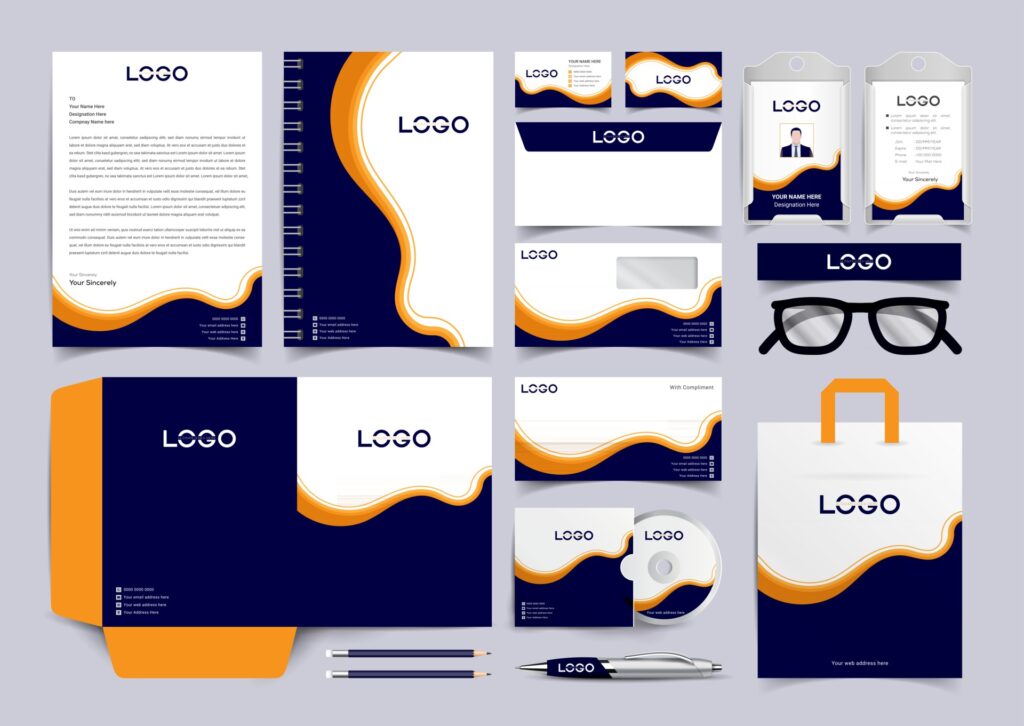Introduction
Branding is the lifeblood of any business, dictating how it’s perceived by the world. A successful branding makeover can revitalize your business identity, reignite customer interest, and propel your growth trajectory. In this article, we’ll delve into the power of rebranding and guide you through the process of transforming your business identity for maximum impact.

Why is Branding Important?
Branding isn’t just about a catchy logo or a tagline; it’s about shaping the narrative of your business. It’s the amalgamation of your company’s values, mission, and personality that sets you apart in a competitive market. An effective branding strategy creates an emotional connection with your audience, fostering loyalty and trust.
The Elements of an Effective Branding Makeover
A successful branding makeover involves multiple elements that work in synergy to create a cohesive and compelling brand identity. These elements include:
1. Self-Reflection
Before embarking on a rebranding journey, it’s crucial to evaluate your current brand’s strengths and weaknesses. Identify what’s working and what isn’t to inform your strategy moving forward.
2. Defining Your Brand Identity
Clarify your brand’s core values, mission, and vision. Outline the personality you want your brand to exude and the emotions you want it to evoke in your audience.
3. Market Research
Understand your target audience, their preferences, pain points, and aspirations. Analyze your competitors to identify gaps in the market that your rebranding can address.
4. Crafting a Compelling Story
Humans are wired to connect through stories. Develop a compelling brand story that resonates with your audience and aligns with your brand’s values.
5. Visual Identity Overhaul
Revamp your logo, color palette, typography, and other visual elements. Ensure they align with your brand’s new narrative and resonate with your audience.
6. Implementing Branding Consistency

Consistency is key to a strong brand. Apply your new branding across all touchpoints – from your website and social media to packaging and customer interactions.
7. Launching Your New Brand
Plan a well-coordinated launch strategy that generates excitement. Tease your audience with sneak peeks and build anticipation for the big reveal.
8. Gathering Feedback
After the launch, actively seek feedback from customers and stakeholders. Use their insights to fine-tune your branding and enhance the overall experience.
Step-by-Step Guide to a Successful Branding Makeover

1. Self-Reflection
Start by assessing your current branding’s strengths and weaknesses. What message does your current brand convey, and how well does it resonate with your target audience?
2. Defining Your Brand Identity
Clearly define your brand’s mission, values, and personality. What do you want your brand to be known for, and how do you want customers to perceive you?
3. Market Research
Conduct thorough market research to understand your audience and competitors. What are the trends in your industry, and where do you fit in?
4. Crafting a Compelling Story
Create a brand story that captures the essence of your business. How did you get started, and what drives your passion?
5. Visual Identity Overhaul
Update your visual elements, including your logo, color scheme, and design elements. How can you visually represent your brand’s new identity?
6. Implementing Branding Consistency
Ensure consistency across all platforms. How can you apply your new branding cohesively?
7. Launching Your New Brand
Plan a launch that generates excitement. How can you build anticipation and make a memorable impact?
8. Gathering Feedback
Listen to feedback and make necessary adjustments. How can you continually improve based on customer input?

The ROI of a Branding Makeover
A successful branding makeover can yield significant returns on investment. Beyond increased revenue, it can lead to enhanced brand loyalty, improved customer perception, and increased market share.
Common Challenges and How to Overcome Them
Rebranding comes with its challenges, such as the risk of alienating existing customers. To mitigate these challenges, ensure clear communication, involve stakeholders, and gradually transition to the new brand.
Conclusion
In a dynamic business landscape, a branding makeover can breathe new life into your company’s identity. By following a well-crafted strategy, infused with your unique story and vision, you can transform your brand and leave a lasting impact on your audience.
FAQs

Q1: Is rebranding necessary for every business?
Rebranding isn’t always necessary, but it can be beneficial if your current branding no longer aligns with your business goals or resonates with your audience.
Q2: How long does a branding makeover usually take?
The duration of a branding makeover varies depending on the complexity of the changes. It can range from a few months to a year or more.
Q3: Will rebranding erase my company’s history?
Rebranding doesn’t erase your history; rather, it adds a new chapter to your brand’s story. You can choose to incorporate elements of your legacy into the new identity.
Q4: What if customers don’t like the new branding?
Customer feedback is valuable. If customers don’t initially embrace the new branding, gather insights, and consider making adjustments based on their preferences.
Q5: How do I maintain branding consistency?
Maintain consistency by creating brand guidelines that outline logo usage, color codes, typography, and design elements. Regularly audit your materials to ensure adherence.











